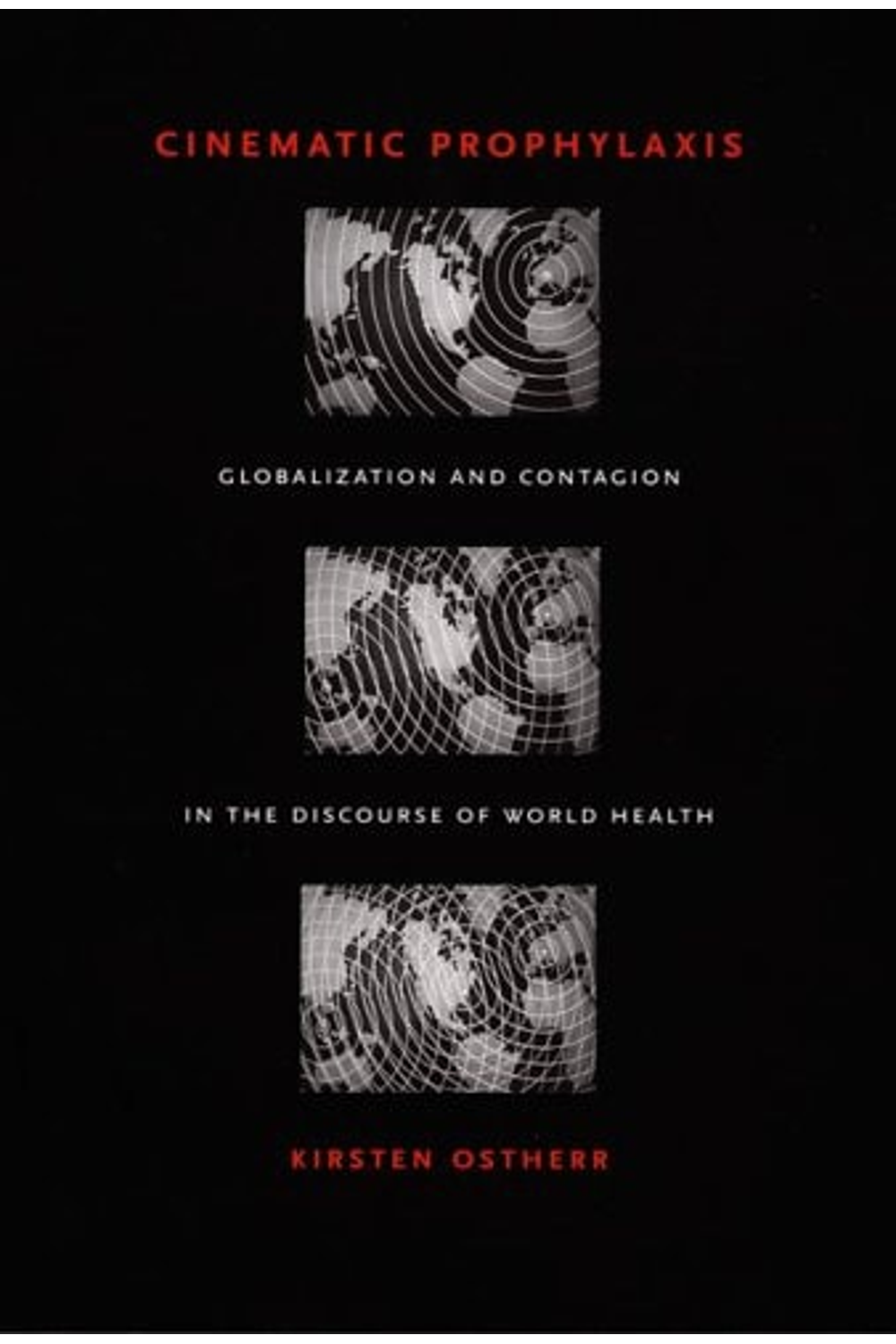Uncover the hidden narratives shaping our perceptions of global health with Kirsten Ostherr’s *Cinematic Prophylaxis: Globalization and Contagion in the Discourse of World Health*. Beyond a simple film critique, this book is a deep dive into how movies, public health films, and even early internet anxieties have visually constructed our fears and hopes around disease. Ostherr, a leading scholar in film and media studies, dissects the evolution of contagion narratives, from post-WWII public health campaigns promoting a unified “world health” ideal to sci-fi thrillers exploiting anxieties about invisible threats. She masterfully reveals how seemingly benign educational films subtly reinforced racial and sexual biases, while blockbuster movies amplified fears of global pandemics. Discover how cinematic techniques make the invisible visible, shaping public opinion and influencing policy decisions. This book is a must-read for understanding the powerful role visual media plays in our understanding of health, globalization, and the human condition. Perfect for students and scholars of film, media, public health, and cultural studies.
Cinematic Prophylaxis: Globalization and Contagion in the Discourse of World Health
19,85 $
In stock
A timely contribution to the fields of film history, visual cultures, and globalization studies, Cinematic Prophylaxis provides essential historical information about how the representation of biological contagion has affected understandings of the origins and vectors of disease. Kirsten Ostherr tracks visual representations of the contamination of bodies across a range of media, including 1940s public health films; entertainment films such as 1950s alien invasion movies and the 1995 blockbuster Outbreak; television programs in the 1980s, during the early years of the aids epidemic; and the cyber-virus plagued Internet. In so doing, she charts the changesand the alarming continuitiesin popular understandings of the connection between pathologized bodies and the global spread of disease.
Ostherr presents the first in-depth analysis of the public health films produced between World War II and the 1960s that popularized the ideals of world health and taught viewers to imagine the presence of invisible contaminants all around them. She considers not only the content of specific films but also their techniques for making invisible contaminants visible. By identifying the central aesthetic strategies in films produced by the World Health Organization, the Centers for Disease Control, and other institutions, she reveals how ideas about racial impurity and sexual degeneracy underlay messages ostensibly about world health. Situating these films in relation to those that preceded and followed them, Ostherr shows how, during the postwar era, ideas about contagion were explicitly connected to the global circulation of bodies. While postwar public health films embraced the ideals of world health, they invoked a distinct and deeply anxious mode of representing the spread of disease across national borders.
| Authors | |
|---|---|
| Binding | |
| Condition | |
| ISBN-10 | 0822336480 |
| ISBN-13 | 9780822336488 |
| Language | |
| Pages | 288 |
| Publisher | |
| Year published | |
| Weight | 413 |
| Edition | Illustrated |
| Dewey decimal | 791.43/6561 |
Related products
- Additional information
- Currencies
- USD – United States dollar
- EUR – Euro
- GBP – Pound sterling
- CNY – Chinese yuan
- BRL – Brazilian real
- MXN – Mexican peso
- JPY – Japanese yen
- PHP – Philippine peso
- THB – Thai baht
- PLN – Polish złoty
- CAD – Canadian dollar
- MYR – Malaysian ringgit
- AUD – Australian dollar
- TWD – New Taiwan dollar
- CZK – Czech koruna
- SEK – Swedish krona
- HUF – Hungarian forint
- ILS – Israeli new shekel
- CHF – Swiss franc
- HKD – Hong Kong dollar
- DKK – Danish krone
- SGD – Singapore dollar
- NOK – Norwegian krone
- NZD – New Zealand dollar





